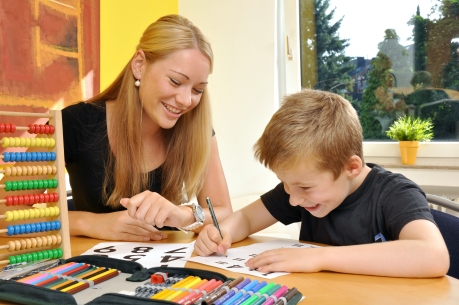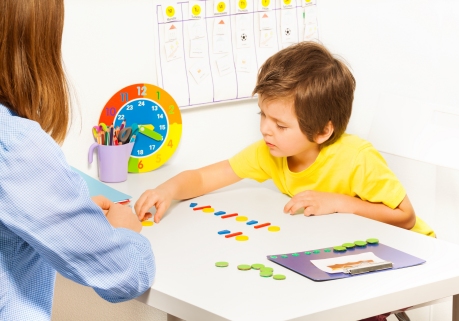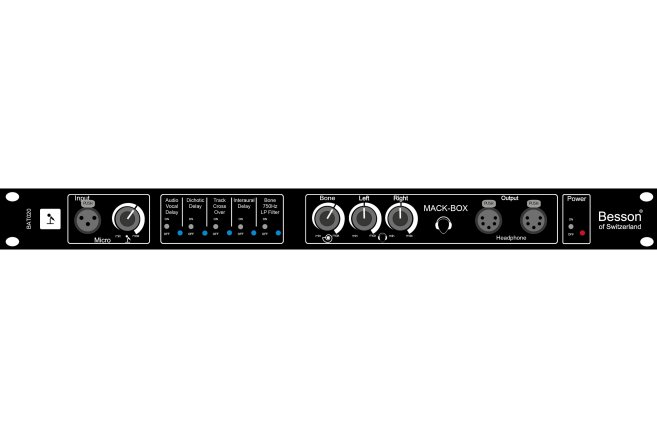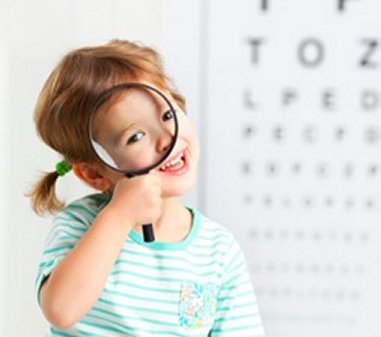Speech, Language & Learning

Learn to listen
Some school-age children with normal hearing thresholds may appear to have some difficulty hearing. They are described by their teachers and parents as distracted children who do not concentrate on the information given to them when they are spoken to, have difficulty following oral instructions, may have language comprehension problems, articulation problems or are not very expressive when they speak. A significant portion of these children are the result of auditory processing deficits: difficulty processing auditory information despite normal hearing thresholds (Jerger & Musiek, 2000).
The brain has to learn to create a stable imprint and this process begins before birth, when the fetus is exposed to the mother’s voice through the bone conduction, sensitizing it to the sound of her voice. Little by little the baby learns the typical sounds of his mother tongue and the intonation and frequencies that dominate it. It is known that at 6 months of life the baby already discriminates between the sounds of his own language and stops paying attention to those that do not. As soon as a child can begin to identify sounds, she can begin to try to imitate them, creating a audio-vocal loop where each attempt is recorded and through our ability to listen we can gradually approach the model that we have saved.
Each position of the mouth to produce sounds varies the sound it propels in the form of sound waves and the ear has to recognize the subtle differences between one sound and another, which are variations in the frequencies that sound and the way they sound. The system has to recognize when a sound comes out by brushing parts of the mouth like “s” or “f”, or producing a silence and then a burst like “p” or “k”, if the air comes out of the mouth. mouth as in a vowel or through the nose as in “m” or “n”, this is called the MODE of articulation. This, combined with the area of the mouth where the sound is mainly produced, helps us to differentiate some sounds from others, instinctively producing the phonetic discrimination of language.
Listening is much more than hearing. It involves capturing the sounds and processing them to create a stable imprint of information in our minds that leaves a trace strong enough to be able to retain it and compare it with the information we already have. It is at that moment when we create a bridge of meaning between what we hear and our inner world, and it is when we can even say that we have understood what we have been told, since we can interpret it and relate it to what we already know, expanding our world.
This process of fixing the information makes it possible for us to access these concepts again and translate them into coherent ideas or words, so a good understanding of the language is necessary to be able to achieve a good production.
Due to all this and many other processes involved, we can say that a good listening process is responsible for carrying out many daily tasks that we normally do not give importance to:
• Listen to what they say to you with or without background noise
• Read
• Understand jokes
• Create fluid and expressive messages
• Sing in tune
• Learn to speak
• Take the rhythm of a melody
• Socialize with friends
• Understand an explanation
• Make a coherent narrative
DYSLEXIA
Dyslexia is a condition that influences the learning process of reading and, consequently, also of writing, since it depends on it.
Read on ….








